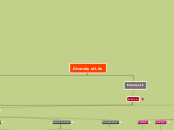Diversity of Life
Prokaryotic
Archea
Archaebacteria
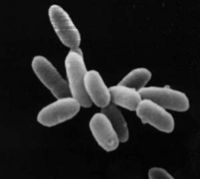
Halobacterium salinarum
Bacteria
EuBacteria
Coccus
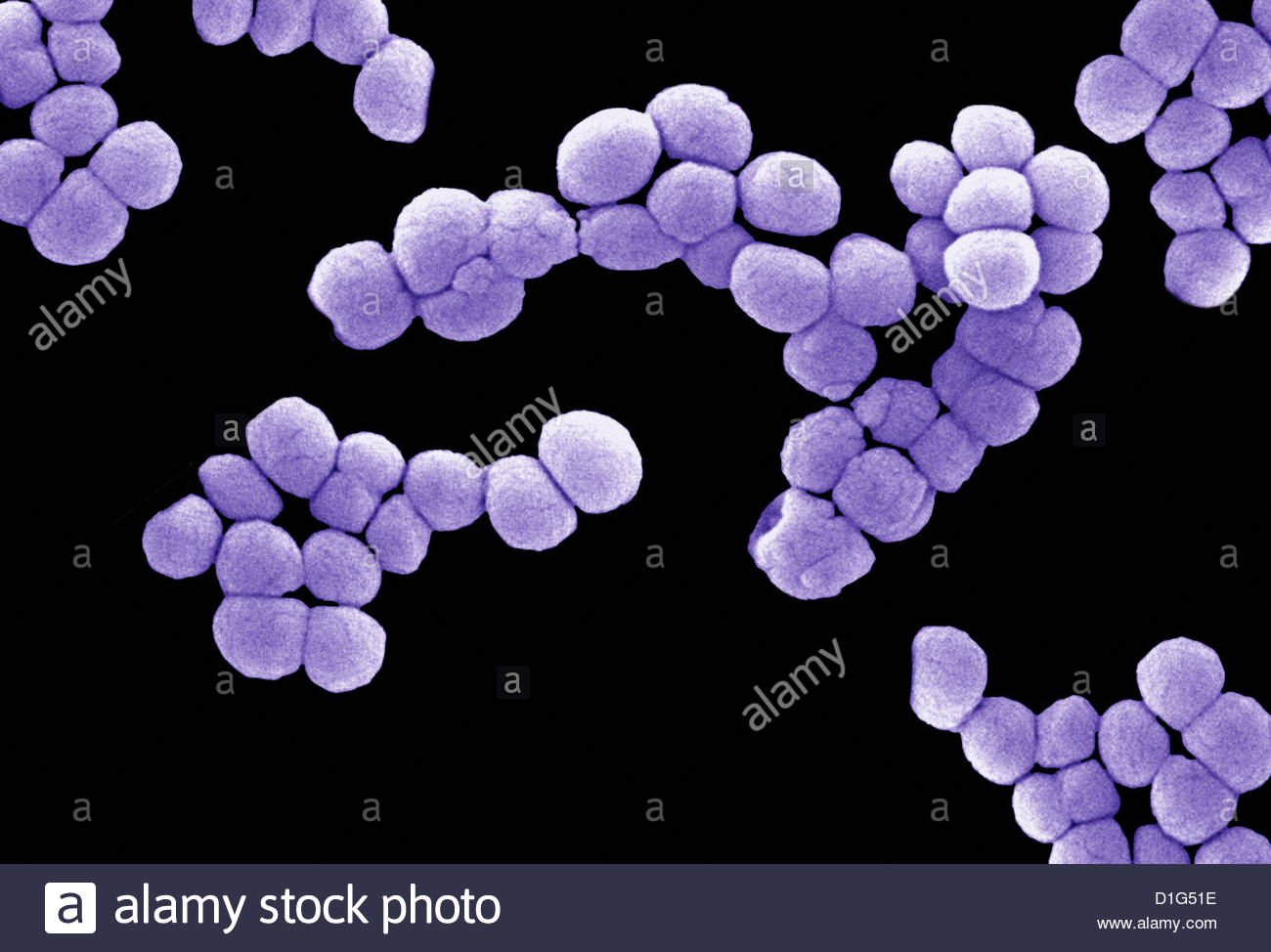
Micrococcus
Bacillus

Bacillus Pumilus
Spirillum
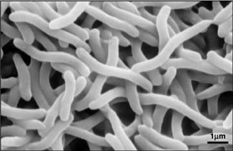
Rhodilliospirum
Eukaryotic
Eukarya
Fungi
Zygomycota
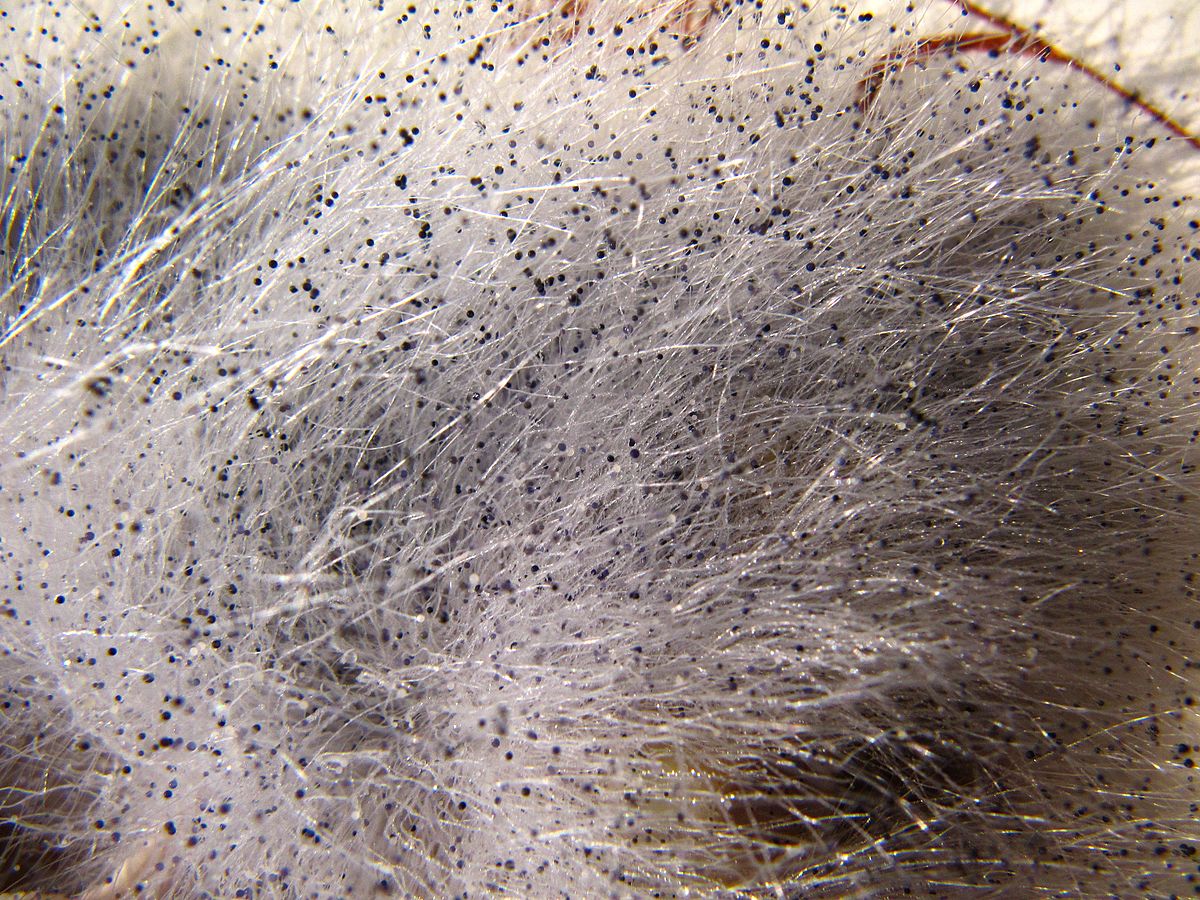
Rhizopus stolonifer
Ascomycota
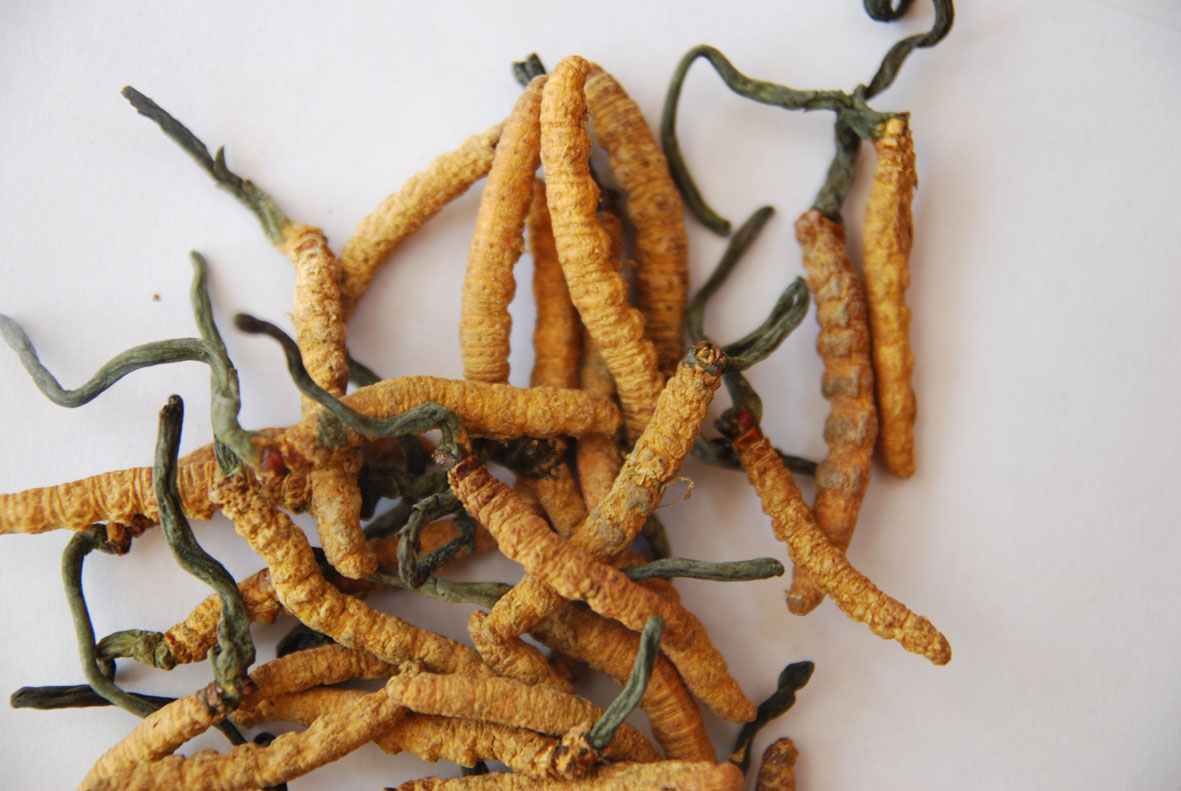
Cordyceps
Basidiomycota

Gilled Mushroom
Deuteromycota
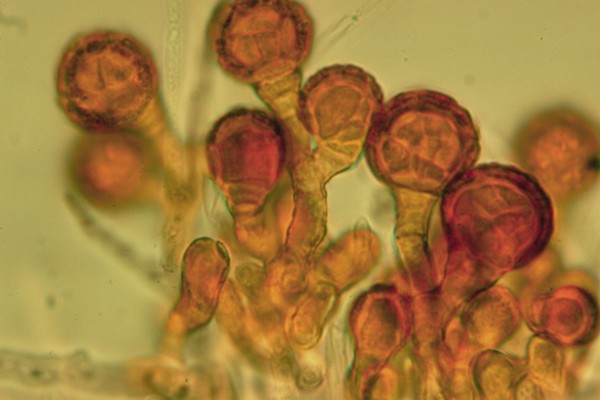
Hyphomycetes
Protista
Animal-like
Sarcodines
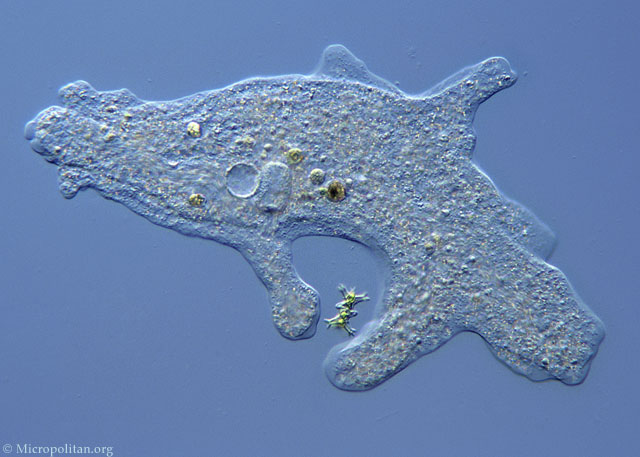
Amoeba proteus
Ciliates

Paramecium caudatum
Zooflagellete

Trypanosoma gambiense
Sporozoan

Plasmodium
Plant-like
Rhodophyta

Red Algae
Euglenoid

Euglena
Pyrrophyta
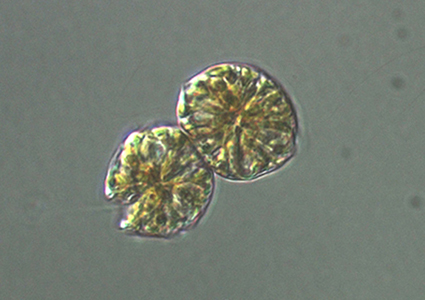
Gonyaulax catenella
Phaeophyta

Ecklonia cava
Chrysophyta

Dinobryon
Bacillariophyta
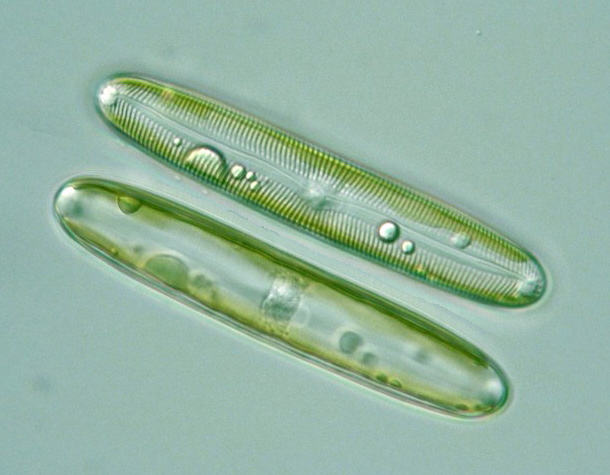
Pinnularia
Fungi-like
Acellular slime mold

Myxamoebae slime mold
Cellular slime mold
Dictyostelium
Water mold

Ooomycota
Plantae
Green Algae
Chlorophyta

Ulvophyceae
Non vascular/Bryophyte
Bryophyte (moss)

Sphagnales
Liverworts

Jungermanniales
Hornworts
-Prosk.-94078.jpg)
Phaeoceros laevis
Seedless vascular
Lycophyta/club moss

Lycopodium annotinum
Whisk Ferns
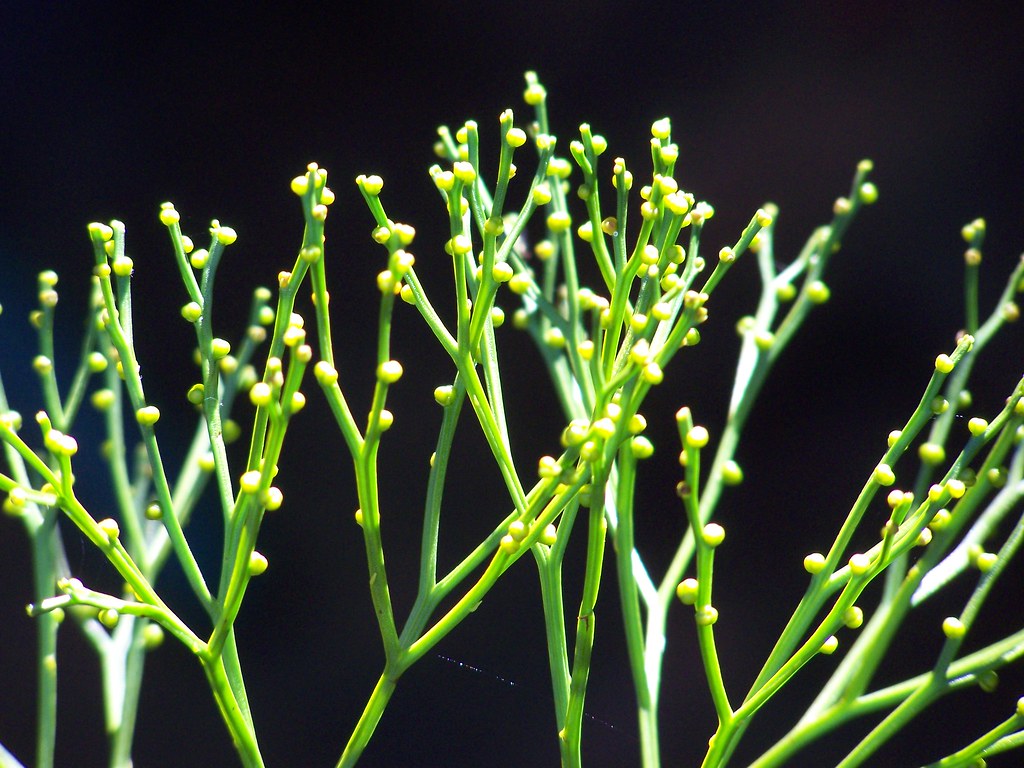
Psilotum
Horsetails

Equisetum pratense
Ferns

Pteris vittata
Gymnosperms
Conifer

Taxopsida
Cycads

Bennettitales
Gingko

Maidenhair tree
Angiosperms
Anthophyta
Dicotelydon
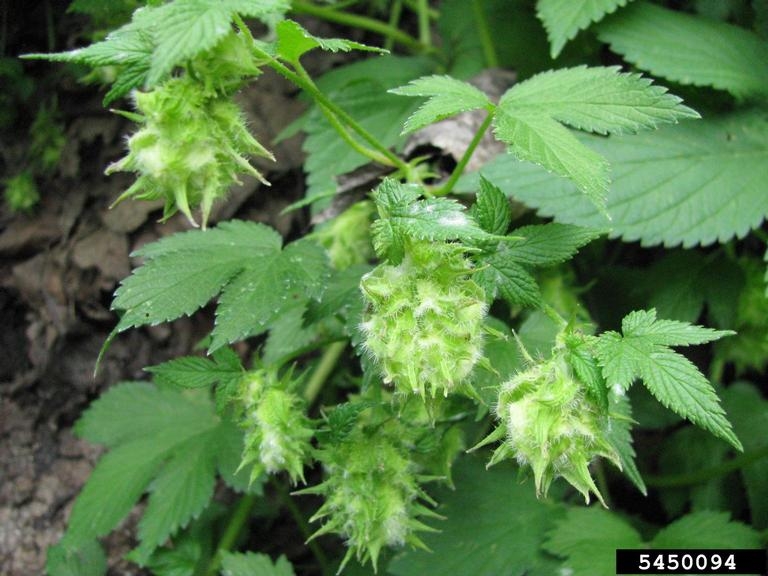
Urticales
Monocotyledon

Palm trees
Animalia
Porifera

Demosponge
Cnidaria

Box jellyfish
Platyhelminthes
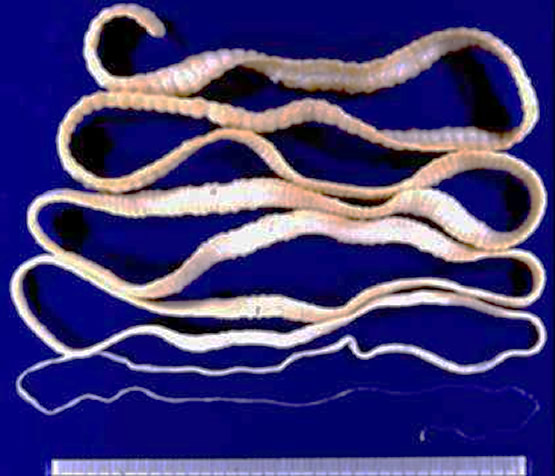
Tapeworm
Nematoda
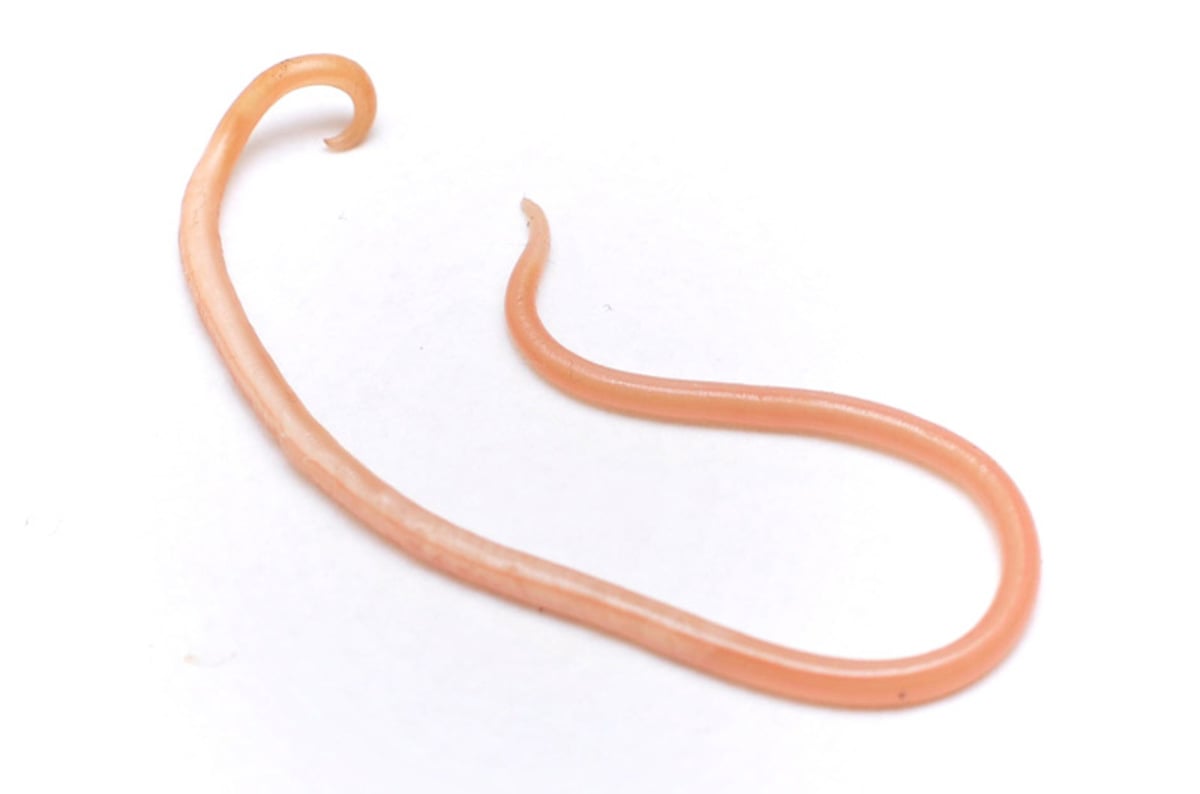
Roundworm
Annelida
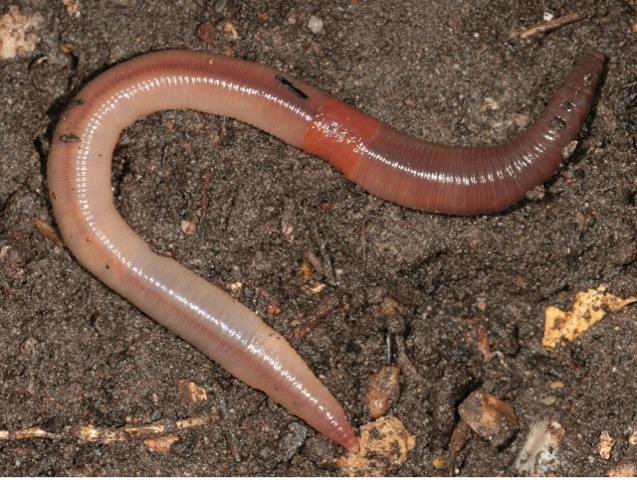
Erathworm
Mollusca

Octopus
Arthropoda
Myriapod
Chilopoda

House centipede
Diplopoda

North American millipede
Pauropoda

Pauropus amicus
Symphyla

Scutigerella immaculata
Crustacea
Malacostra

Giant mud crab
Maxillopoda
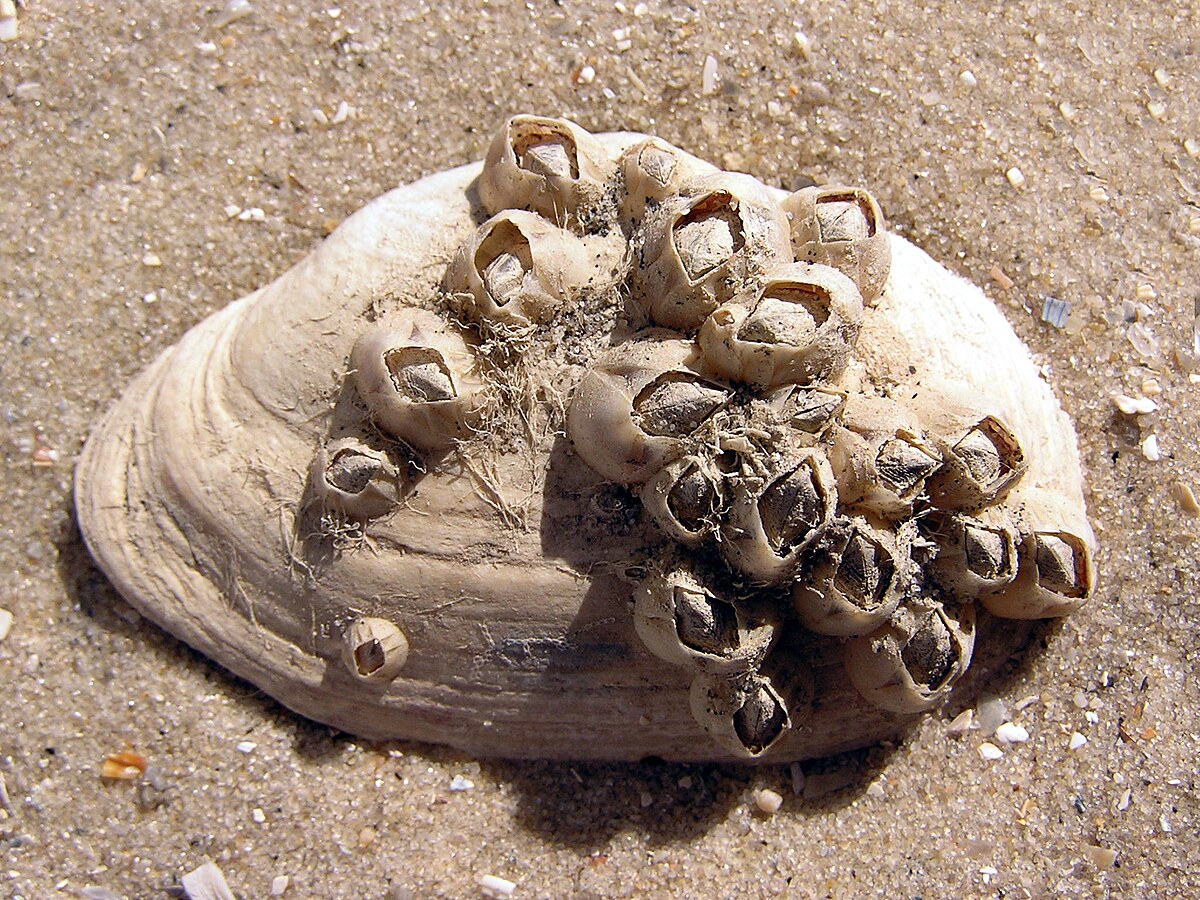
Barnacle
Branchiopoda

Sea monkey
Ostracoda

Seed shrimp
Chelicerate
Arachnida

Spider
Merostomata

Horseshoe crab
Pycnogonida

Nymphon
Hexapoda
Entognatha

Springtail
Insecta
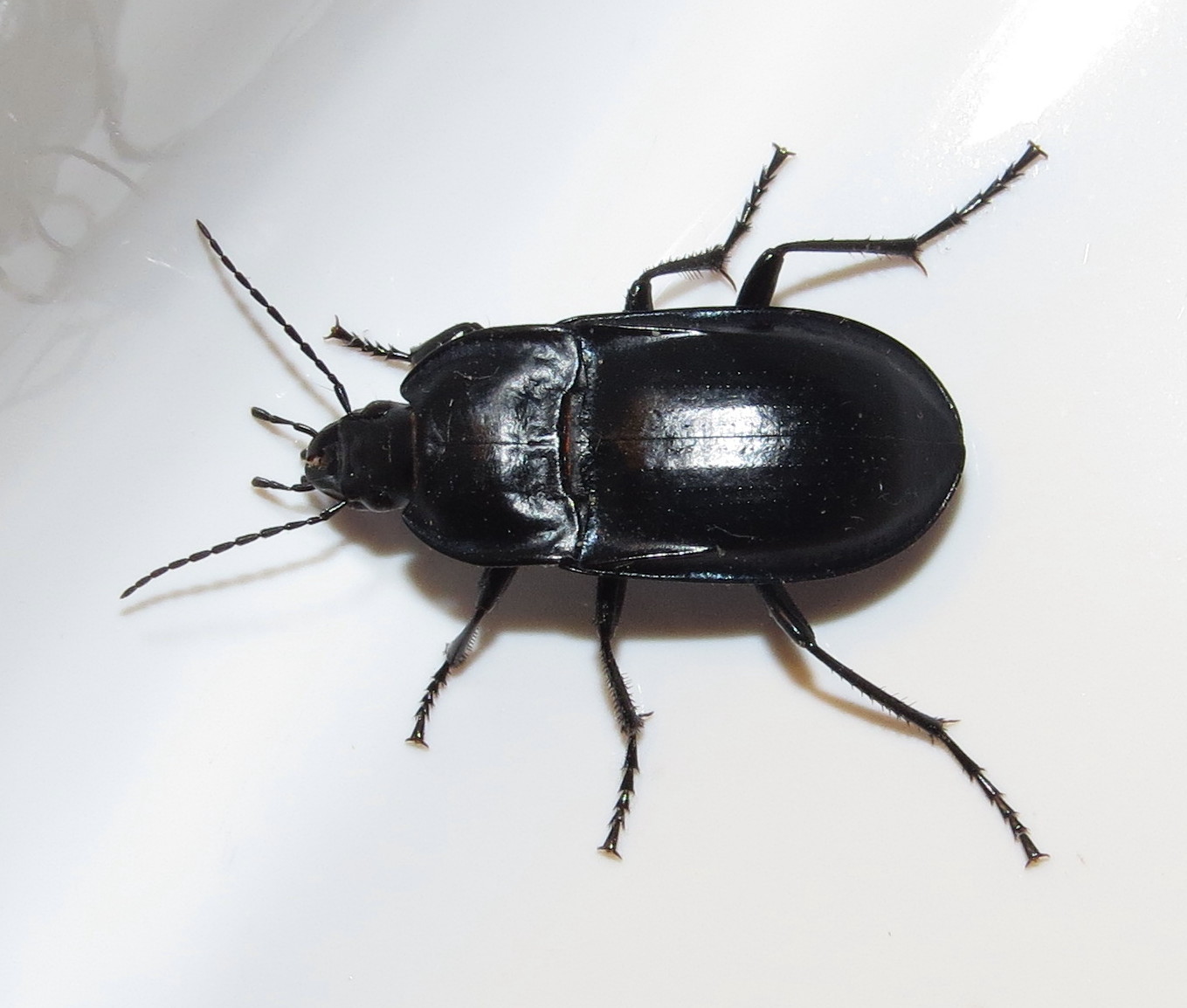
Beetle
Echinodermata

Starfish
Chordata
Tunicate
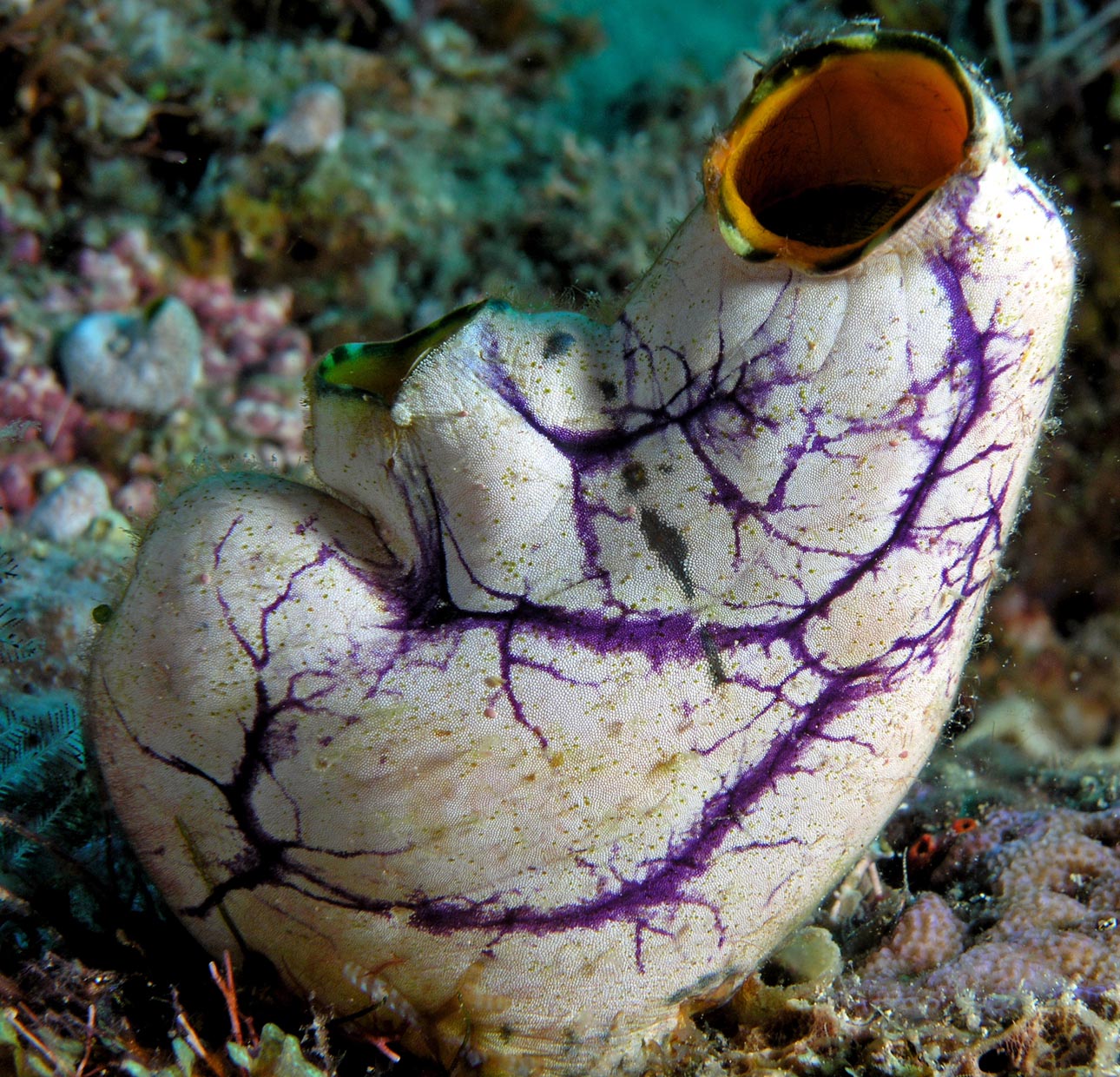
Ascidiacea
Cephalochordate

Lancelets
Vertebrate
Agnatha
Agnathan

Heterostraci
Gnathostomata
Chondrichthyes

Shark
Osteichthyes
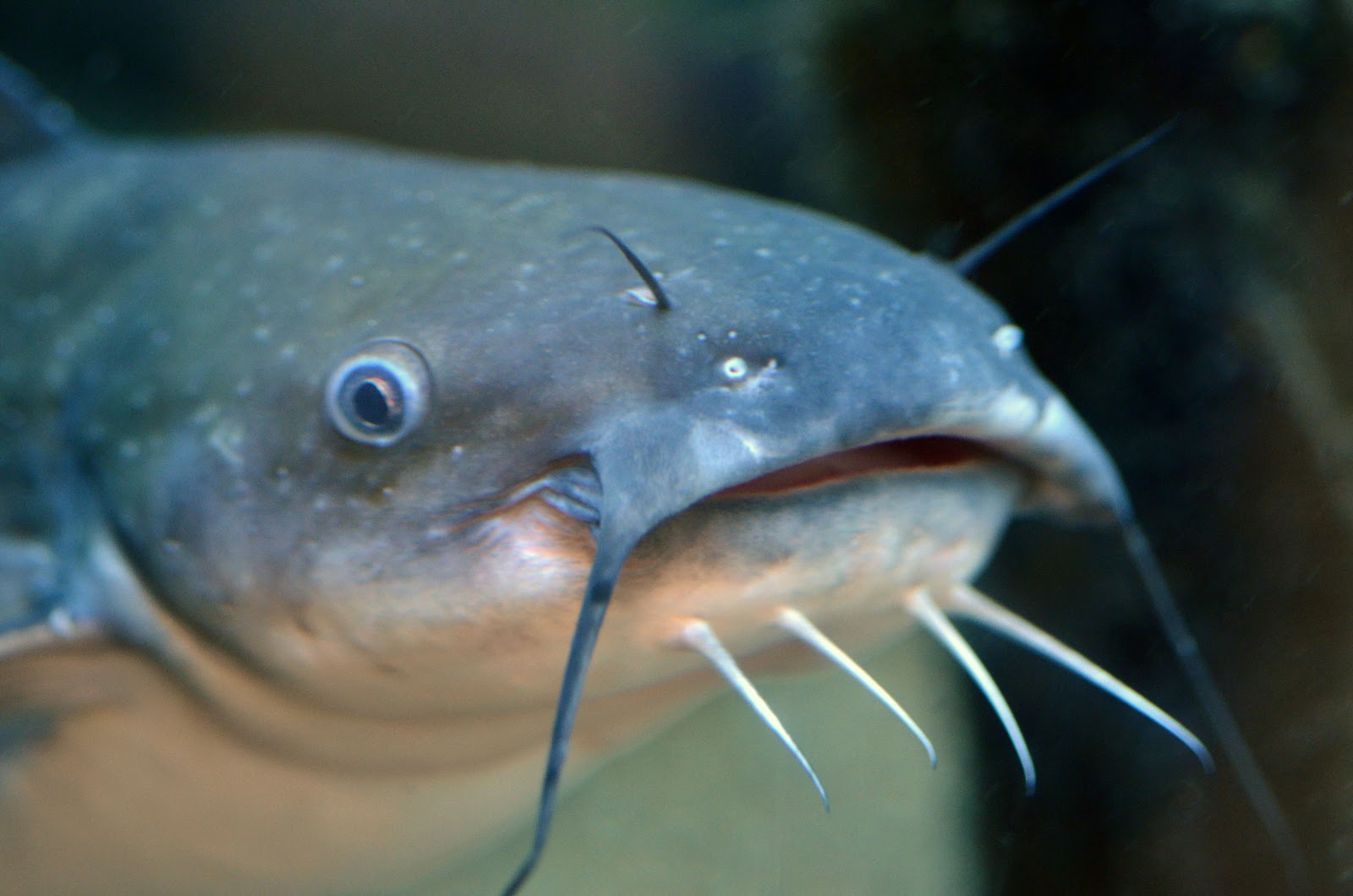
Catfish
Amphibia

Salamander
Reptilia

Alligator
Aves

Chickens
Mammalia
Marsupials
Didelphimorphia

Opossum
Monotremata
Monotreme

Duck-billed platypus
Placental
Primates

Chimpanzee

- Groupings

- Domain

- Kingdom

- Phylum

- Subphylum

- Class

- Order

